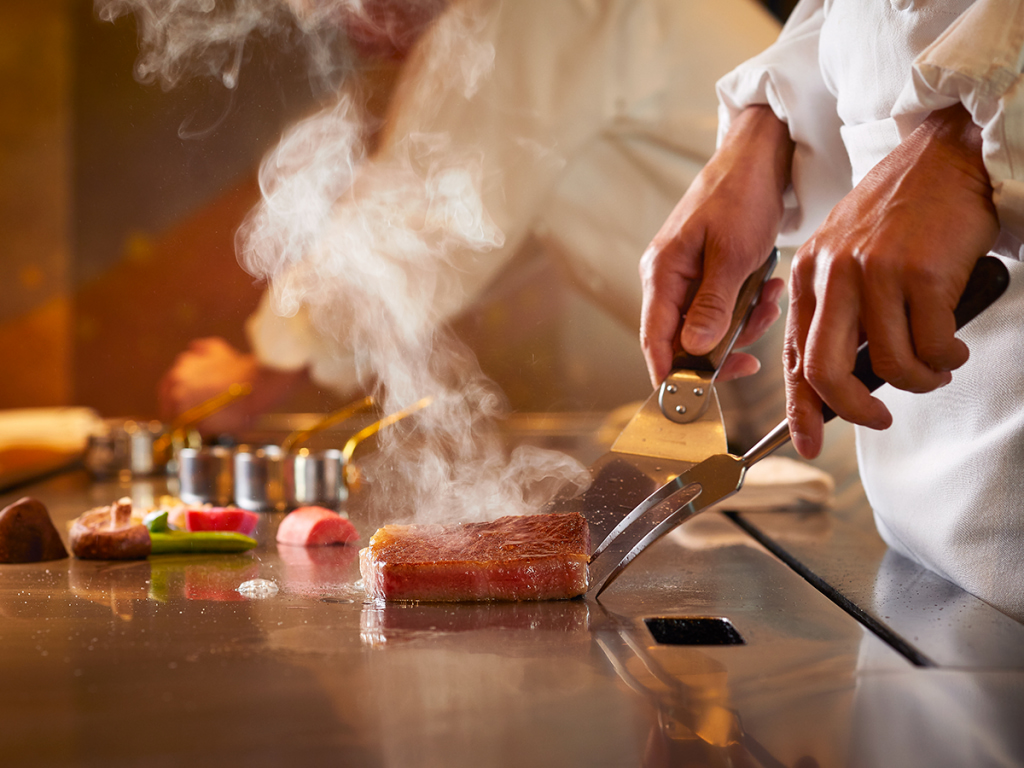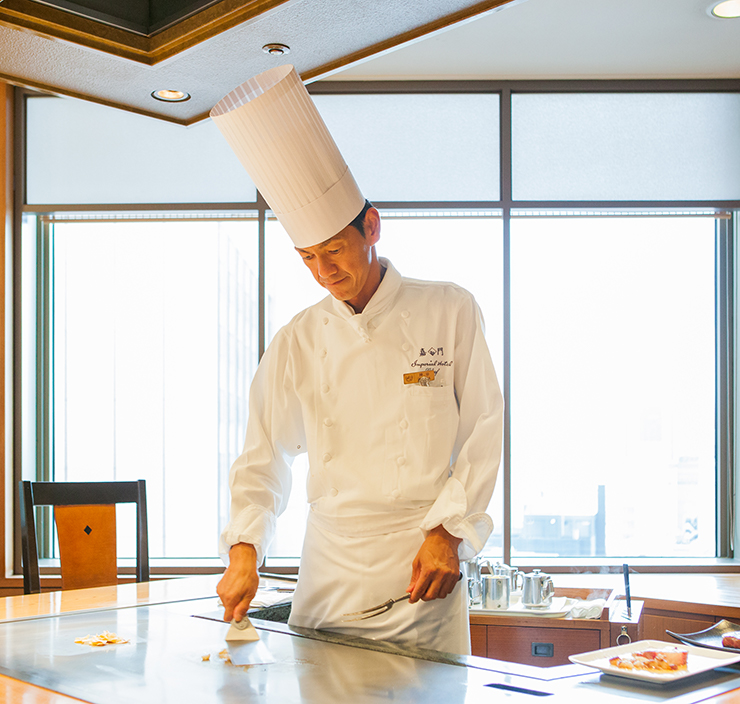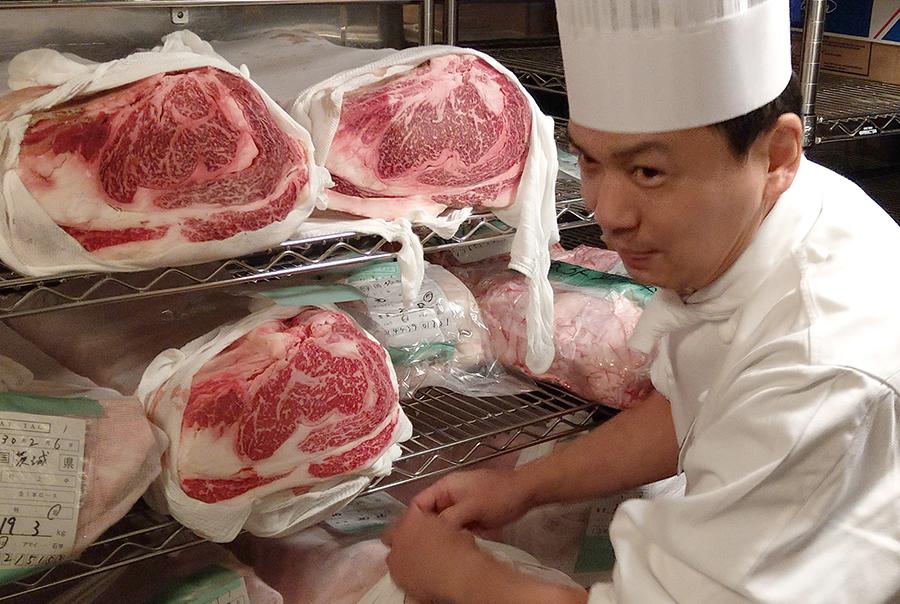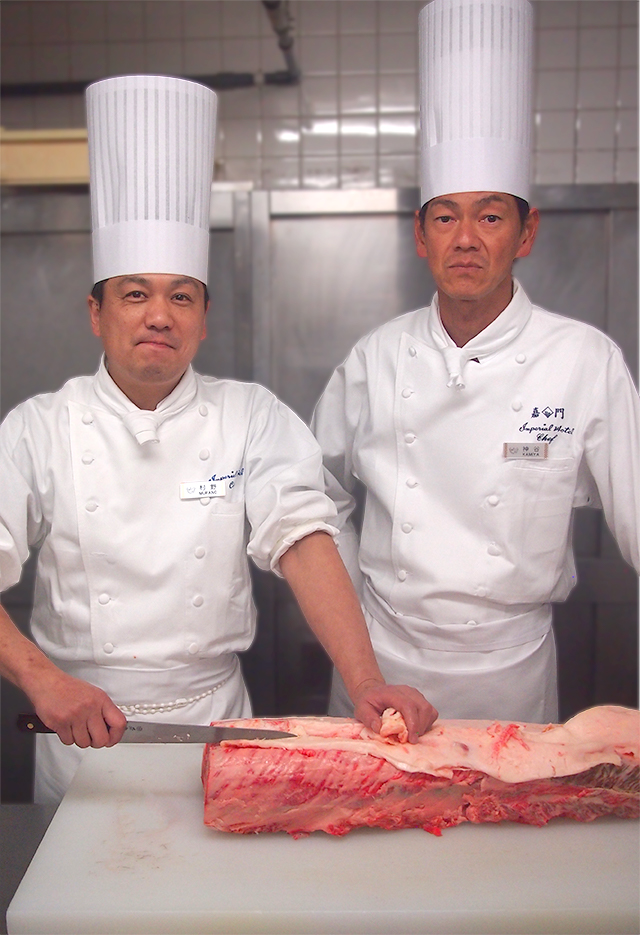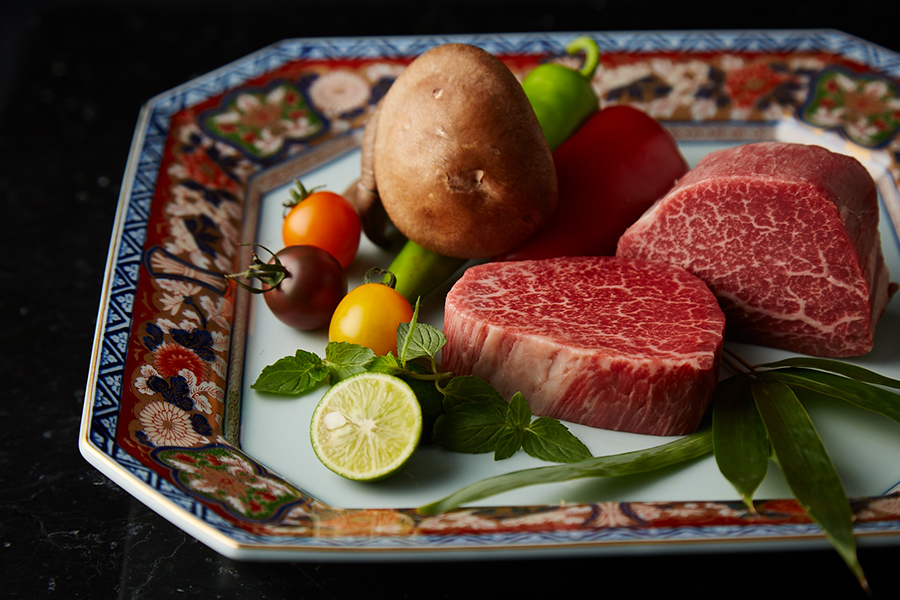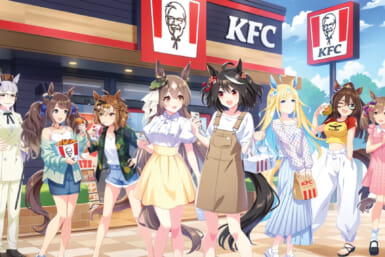At Tokyo’s Imperial Hotel, Kamon restaurant offers some of the best Japanese beef in town – but there’s also much more to the superb dining experience…
It’s safe to say that high quality meat is an integral part of the experience at the Imperial Hotel’s many restaurants – the hotel’s dedication to things carnivorous goes back generations. The Imperial first started serving roast beef on wagon stations in 1923, and in 1936, they created one of their signature dishes – the Chaliapin Steak – for the famed Russian opera singer, Feodor Ivanovich Chaliapin. And, almost unique among hotels in Japan, the lmperial has a dedicated butcher division – and has had one for 50 years.
Of all the dining options at the Imperial, the restaurant that uses the highest grade meat is the teppanyaki restaurant Kamon, which has been undergoing renovations and will unveil its renewal on March 7. At the restaurant, Kamon’s Chef de cuisine Homare Kamiya prepares a variety of course menus and a la carte offerings that feature a variety of seasonal ingredients, from seafood to fresh vegetables. Following the renovations, there will also be a new focus on Japanese-style desserts, but there’s no doubt that the star of the menu is high quality wagyu. The succulent, richly marbled meat is cooked to perfection in front of diners’ eyes, but the dining experience is truly a feast for all senses: Kamon’s interior design has been created with Japanese themes in mind and diners are treated to a view out over Hibiya Park. Guests can hear the sound of the chef’s utensils as they clatter against the heated iron, smell the meat as it’s cooked, and feel Kamiya’s warm hospitality as he chats with them while preparing their meals.
“The succulent, richly marbled meat is cooked to perfection in front of diners’ eyes, but the dining experience is truly a feast for all senses”
Kamiya, who previously worked at the Imperial’s Les Saisons restaurant cooking French cuisine, is a master at the grill. With a quick glance, he knows just how long it will take a piece of meat to cook, and he expertly brings out the flavors of his ingredients using the simplest of preparation methods. Working at an institution with such a long history, Kamiya feels both a sense of pride, and a sense of responsibility: “I’m proud to work at a hotel with a 128-year-history and to be a part of that, and help it continue and be a hotel that carries on for 200 or 300 years. Handing down that tradition to the junior staff is very important.”
Kamiya also feels a strong tie to one of his most valued coworkers, and one of the key players on the Imperial Hotel’s culinary team: Tetsuji Murano, Chef de Boucher. Murano is responsible for selecting, aging, and preparing the meat used at all of the Imperial’s restaurants.
Trained as a French chef, Murano worked at the Imperial Hotel’s La Brasserie before becoming the hotel’s “master of meat.” His experience as a chef helps him understand how the kitchen of each restaurant functions, how they prepare their menus, and exactly what kind of meat they need to give guests at the Imperial’s many restaurants the finest dining experience possible.
Although Kamon does serve Kobe beef courses, the meat used at the restaurant comes from all around Japan. Rather than being too concerned about where the beef comes from, Murano focuses his attention on the quality of the beef itself.
For Kamon, as Murano explains, there are several qualities that go into excellent beef, and he uses many different criteria to determine which pieces of meat he will select: “How the beef looks – that beautiful marbling – is very important. It should look good in the showcase, and when the customer sees it before it is cooked. When I’m examining a piece of meat, I’ll test the fat in my hand to get a sense of how it will melt. I’ll cut it and look at it from a cross section and examine the fat that way. I also use my sense of smell: the fat from different kinds of beef smells completely different.”
Over the years, Murano has developed an intimate understanding of just what the best beef looks like. As we talk, the importance of meat’s visual qualities come up time and again. Referring to the appearance of truly fine marbling, he uses the word “balance” to describe the blending of red, muscly meat and white fat. It’s a hard concept for a novice to understand, and even more experienced people have a hard time getting it. Murano admits that it has even taken some of his meat suppliers a while to comprehend the subtleties of his assessment. Reflecting on the years that it has taken to develop his keen discernment of good meat, Murano reckons that it would take at least three years of almost daily instruction for someone to go from just a passing knowledge of meat to being able to properly select it for the Imperial Hotel.
Once the beef has been selected, it is then aged. Before it comes to the butcher department at the Imperial, the meat will usually have been aged for about two weeks. It is then stored in an aging room for 10 days to two weeks – in total, the meat that is served at the Imperial’s restaurants has been aged for about a month. During this time, as Murano explains, the moisture in the meat dries out and the meat “settles down.” The aroma gets richer, and the umami flavor comes to the fore. True to Murano’s skill, he is able to tell when a piece of meat is ready just on its appearance alone, but during the aging process, he will usually cut a small part of meat off and cook it to see how it tastes: occasionally, a piece of meat will look like it’s ready, but it’s only in the final test of eating that he can truly be sure that what the customers will be getting is as close to perfect as possible.
The duo of Kamiya and Murano have worked together for 20 years, and they’ve developed a tight relationship. Although they speak to each other almost every day, Kamiya feels that one of Murano’s strong points is that he’s almost able to read his mind when it comes to knowing what he will need in the kitchen. And it all comes back to the customer: “If Murano-san weren’t supplying the meat, our customers wouldn’t be able to enjoy the experience that they do. We cook the meat, but choosing it is just as crucial, if not more.”
Kamon Teppanyaki Restaurant
03-3539-8116
Imperial Hotel, 17th floor, 1-1-1 Uchisaiwai-cho, Chiyoda-ku
www.imperialhotel.co.jp
Renewal opening: March 7, 2018
Updated On January 8, 2021

